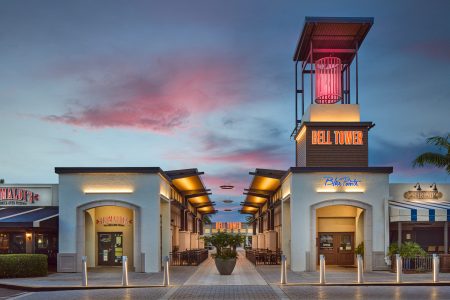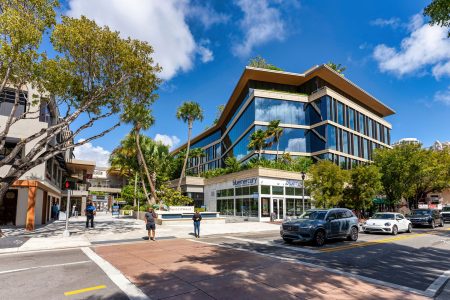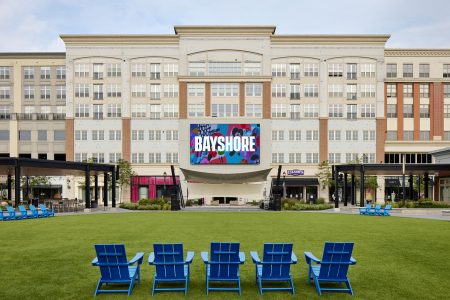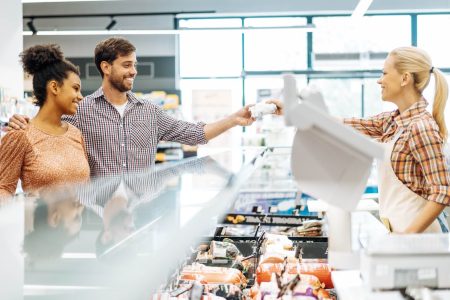Food + Beverage is Transforming Retail. Again.
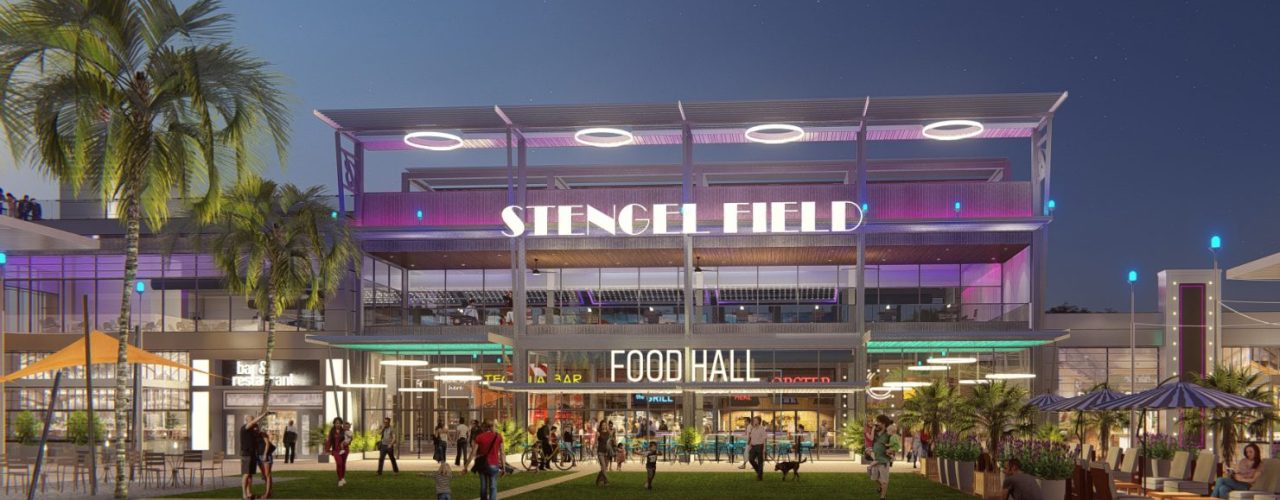
RSP’s Bill Wittrock and Ryan Sommers explain how changes in F&B, consumer patterns, ghost kitchens and post-COVID dining trends are changing shopping centers coast to coast.
The transition toward food-centric retail experiences is in full swing. But, as with almost everything these days, the pandemic disrupted how we interact with restaurants and retailers. Some of it good; some of it, well, time will tell.
Back in March, 2020, diners challenged restaurants to find creative ways to continue serving customers. Restaurants that hadn’t previously offered takeout orders were now gearing up for curbside pickup. Some took advantage of their supply chains with food distributors and sold produce as well as staples like flour (there were a lot of sourdough starters out there), milk, butter and eggs. In many areas, liquor laws were relaxed to allow for to-go cocktails. And, for Americans who were still employed, the message was clear: continue to patronize favorite eateries with takeout orders and robust tips to keep them afloat. Online food delivery, predicted to land at 9% of restaurant market share for 2020, actually ended up at 13% of all restaurant sales.
A POST-PANDEMIC FUTURE FOR F&B
Now that we’re at the tail end of the pandemic, people are finding that convenience is not a bad thing and they want to continue curbside pickup and more widespread delivery options. At the same time, people are more than ready to head back to their favorite restaurants or try new local spots in person after a year of tight restrictions and lockdowns.
According to Arlene Spiegel, a New York-based F&B consultant, “Consumers are more empowered than ever. They’ve learned that restaurants will step up to feed them even under the most challenging circumstances; redesign their dining rooms for safe distancing; and even make a ‘mean mojito to go’ to enhance their favorite tacos. Those operators who pivoted to a strong take-out and delivery model also feel more empowered as they realize that they can survive, and even thrive, by offering fewer menu items and charging more.”
What does all this mean going forward?
DINING IS THE DESTINATION
The movement we’re seeing post-pandemic follows two different tracks. The first is destination dining and the second involves entirely new patterns of takeout and curbside pickup.
An increase in “destination dining” has been in the works for years now. Dining now makes up about 35% of leasing, which would have been considered high even 10 years ago. Consumers may not be leaving their homes to buy goods, but they are going out to eat and drink. These days, new and renovated malls are more likely to be anchored by a restaurant than a department store, and with good reason: great restaurants offer ambiance, the opportunity for social inter-activity, and outdoor dining that automatically activates the street and gives the development a neighborhood feel.
At Butler Town Center in Gainesville, Florida, we’re working on a food hall that does all of these things. It’s also the core of the project’s sense of place with a local, chef-driven concept that is unique to Gainesville. It has roof decks and a mezzanine level designed for events to make it a true town center. The idea is that F&B is once again pushing retail in a new direction.
Of course, food halls are just one way to go with destination dining. They can be a huge draw under the right circumstances, but they are also operationally complex. Other developments, like CocoWalk in Miami, are adding a number of local restaurants. These new international options give the neighborhood a sense of novelty and a place to eat, drink and be merry.

THE CURBSIDE PICKUP PUZZLE
Even before the pandemic, people were eating out more because people generally cook less than they used to. According to the USDA, Millennials eat out 30% more than any other generation. And that was before COVID was on anyone’s radar. When most restaurants were forced to close or severely restrict the number of diners in 2020, they got creative. As designers, one of our jobs is to see this trend and make it work for our clients.
Back at the food hall in Gainesville, we actually redesigned the loading bay area to allow for food pick-up. The exits were strategically redesigned to allow for food to be prepared and directly brought out to cars. This really is a new design pattern and not something we would have even considered before the pandemic, but it works for today’s market.
Spiegel sees the trend continuing. “Developers and landlords are stepping back and rethinking the value of their spaces—not all square feet are equal. With municipalities allowing for open streets and outdoor dining, along with curbside pick-up being a high priority, we need to consider new formulas for occupancy. Ghost kitchens, which are kitchens offering take-out only, are becoming more popular. Perhaps surprisingly, well-known brands are turning to ghost kitchens and the trend also lowers the need for brick-and-mortar square footage.
RETHINKING THE PARKING MIX
It may sound boring, but parking requirements will have to be the next thing to adapt to this new trend. Strategic changes to codes could positively impact cities and towns in a very immediate way. In some places, including Miami, municipalities temporarily relaxed the code during the pandemic to allow for more outdoor dining and curbside pickup. Drive down any main street in America—urban or suburban—and you will likely see tents to accommodate al fresco dining where there once was parking.
Since these solutions—as slap-dash as some have been—will likely stick around, the code should be changed accordingly. Cities and towns will also need to reassess parking requirements, allowing developers and designers to add short-term parking within existing parking regulations. This new dining traffic pattern is a major opportunity to recoup land designated for unused parking spots and use it for things people actually want, like curbside pickup and outdoor dining.
THE DESIGN CONNECTION
The world of F&B and retail is notoriously fickle. The best part of being a designer is picking up on the trends that have staying power and incorporating them into our projects. Ultimately, that allows our clients to adapt quickly to new consumer expectations and patterns, and gives their properties staying power as well.



